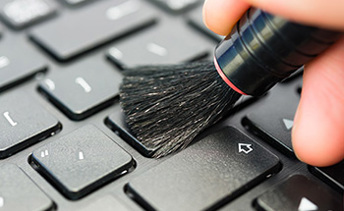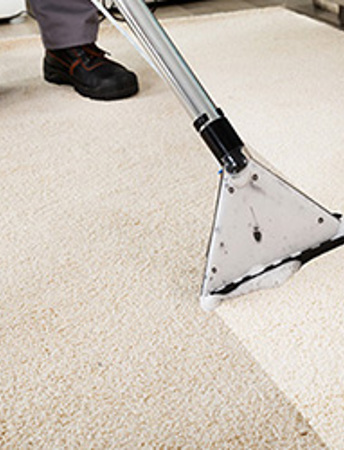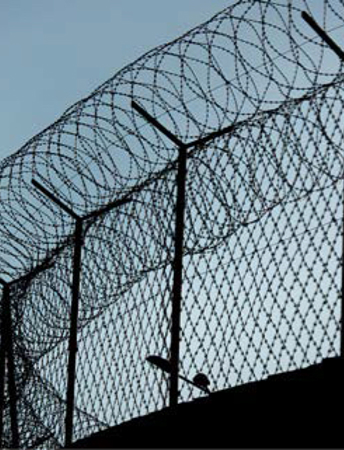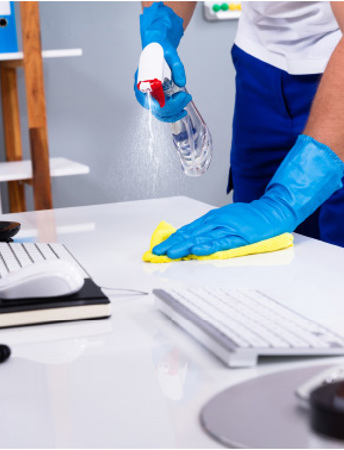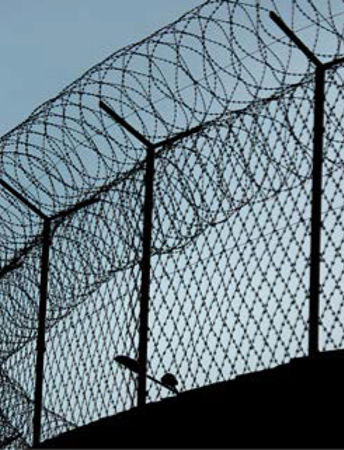Rarely expected and often devastating, flood damage can be one of the worst things to happen to a home.
From rivers bursting their banks to plumbing leaks, the cause of floods can be as broad and varied as the chaos they create.
In this post we are listing some of the specific risks different rooms experience when it comes to flooding.
But first, the most common causes of flooding in the home:
Sewage Backups
A sewage backup is when wastewater isn’t able to leave the home correctly via the sewer system. This leads to a buildup of water in the pipes which can then back up all the way to plugs and toilets, re-entering the home.
Causes of backups can include:
- Faulty or broken plumbing can cause a backup by blocking the sewage pipes or them being unfit for purpose
- Tree roots are naturally drawn towards water and therefore can grow towards and even into underground pipes, working their way into small cracks and causing blockages or crushed pipes.
- Blocked drains can also be caused by the residents of the home due to flushing unsuitable items down the toilet, such as sanitary towels, nappies, fat and grease, adhesives or even hair.
- Heavy rainfall or environmental flooding can cause sewage backups by overwhelming the system and causing too high a volume of water to enter pipes at speed.
Risks of Flooding by Room
Bathrooms
Bathrooms are often the room of the home with the highest risk of flooding, due to the concentration of plumbing appliances and the high volume of water travelling to and from them.
Causing a bathroom flood could be as simple as putting the plug in, turning on the tap and forgetting about them.
However sewage backups, environmental flooding, faulty plumbing, blockages and many more are all risks too.
Water damage can also happen in a bathroom without any flooding at all, for example via broken seals or slow leaks.
Even very small leaks can cause mould, damp, and rotting wood if action isn’t taken immediately.
Basements
While basements rarely contain plumbing appliances, they may contain downpipes which can burst. Water supply leaks or damaged foundations can also be a source of unwanted water from outside.
However, since they are usually the lowest point in the home, they are also the most common area to be flooded due to external flooding, burst river banks etc.
Kitchens or Utility Rooms
Since they are areas of the house with a lot of plumbing, kitchens and utility rooms often face the same risks as bathrooms.
Additionally, there is also the risk of broken appliances such as washing machines or dishwashers causing the potential for more serious leaks than elsewhere.
What to Do If Your House Floods
With any flooding, it’s important to identify the cause of the flood as soon as possible, as this will change the course of action you need to take.
For example, if the flood is coming from a sewage backup, the water will be contaminated sewage. This has the risk of carrying all kinds of waterborne bacteria, viruses and parasites that can cause severe illnesses or death. As a result, all works carried out to clean up after this sort of flood will require the appropriate PPE and training. If you find your house flooded and suspect it could be contaminated sewage, the best course of action is to immediately leave your home and call a flood damage clean up company for professional help.
Obvious signs of this include a sewage smell, bubbling drains, and water draining very slowly or not at all.
If you experience flooding at home:
- Disconnect the water and electric mains immediately
- If it’s a large flood covering most of the house, leave and call for professional help or emergency services immediately
- If it’s a smaller flood contained to a specific area, block it off as well as you can and call the appropriate help.
- Keep the area as well ventilated as possible to avoid dangerous gases building up from sewage.
- Before carrying out any repair work, speak to your insurers, as some have very specific rules regarding the type of repairs they will fund.
- Call in professionals. Regardless of the size or severity of the flood, cleaning it up yourself and missing something an expert would spot could lead to a myriad of issues, such as water remaining behind the walls and causing damp, rotting floors, damaged building materials and more.
Why Use phs Interclean?
Many areas of the UK are at high risk of flooding, which can cause significant damage to businesses and homes. phs Interclean has an experienced team that will help clear and restore your premises in a sympathetic manner and in line with all regulations and requirements.
Services on offer include: emergency flood water pumping and removal, building drying systems, floor clean-up and waste removal, and flood water building restoration.
We can also work closely with your insurance company, loss assessors, and building surveyor to assess the situation and ensure all works carried out are covered by insurance.
To learn more about what we can do for you, contact us now!






























